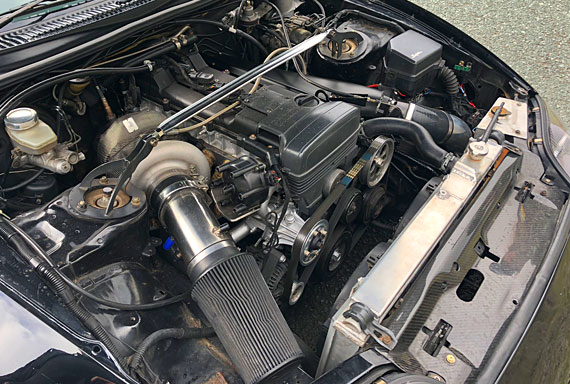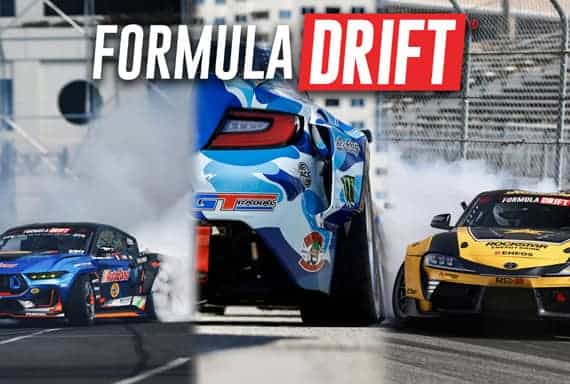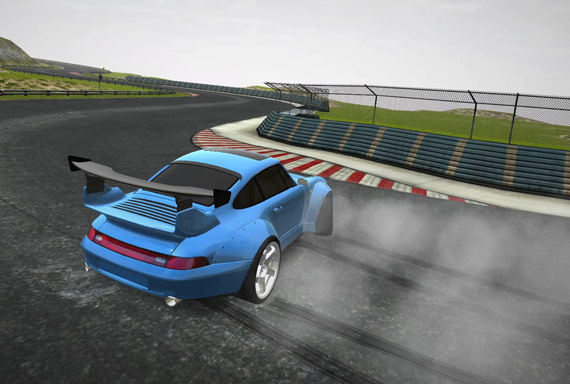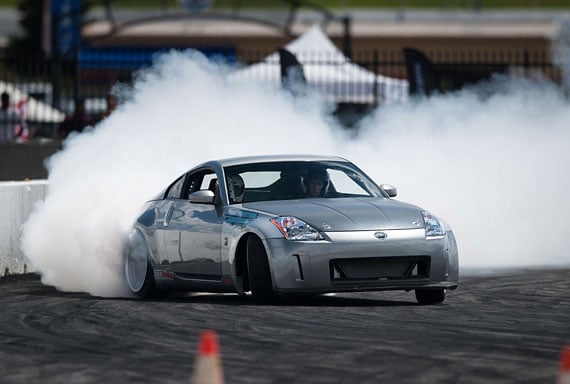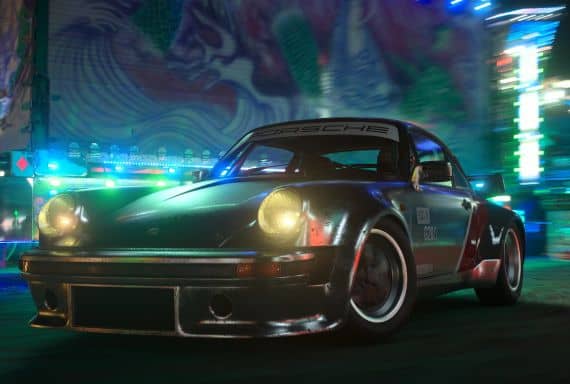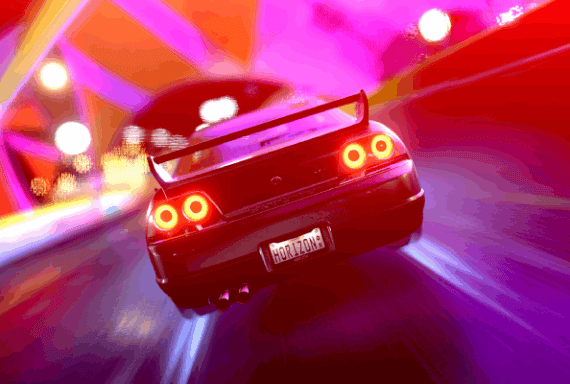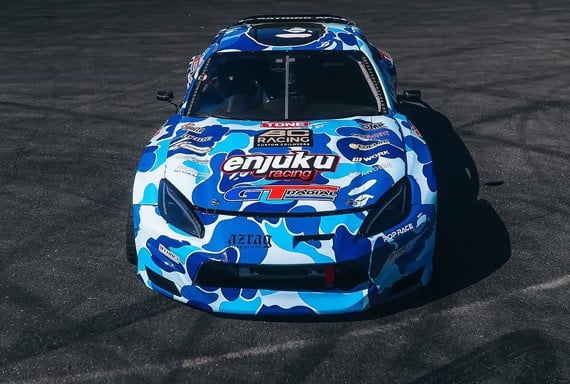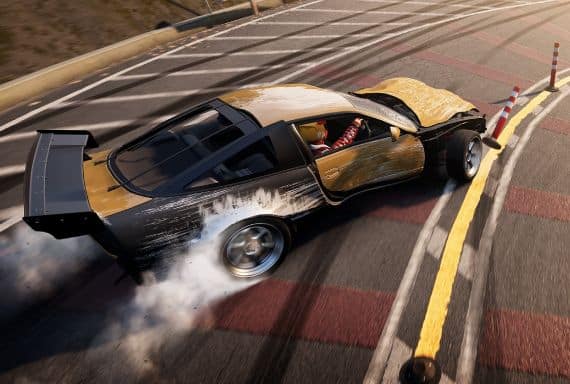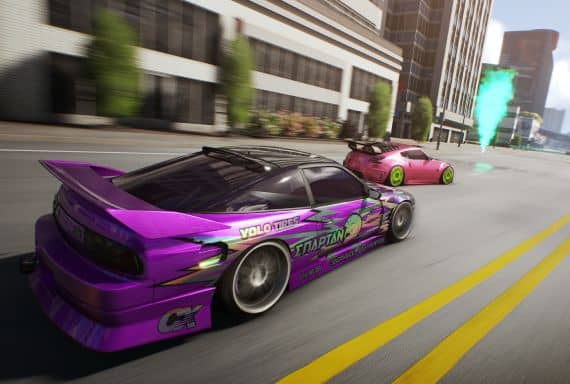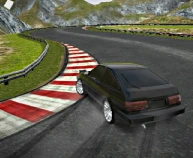Top JDM Cars Available For US Import In 2025
From iconic Skylines to sleeper sedans, America’s 25-year rule finally makes these epic JDM cars legal for US import in 2025.
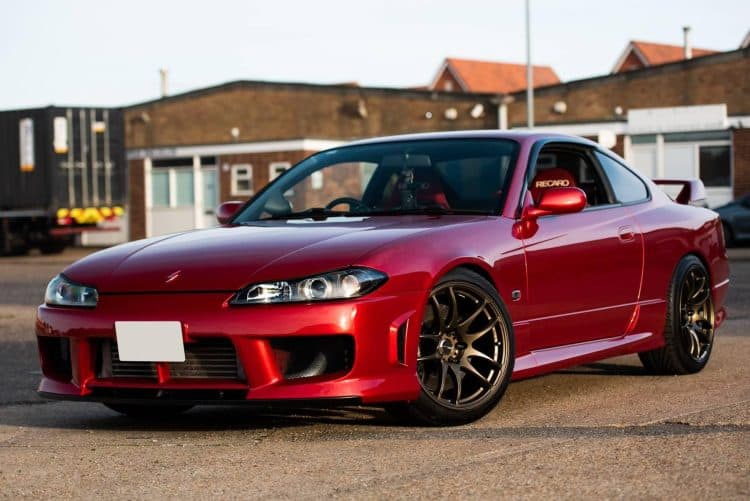
What Is A JDM Car?
Japanese Domestic Market (JDM) cars are built specifically for the Japanese market and are immensely popular among drifting and tuning enthusiasts.
While it’s common for people to apply the ‘JDM’ label to any Japanese car, true JDM vehicles were never intended to leave the motherland and often pack features and performance capabilities that you won’t find in their international equivalents.
For example, the Nissan S14 is a great example of showing the difference. In Japan, the S14 came equipped with the highly-regarded SR20DET engine, pushing out 220 horsepower in stock form. However, the high-revving turbocharged 2.0L powerplant can reliably handle 350+ horsepower with basic upgrades, making it hugely popular among the drifting community.
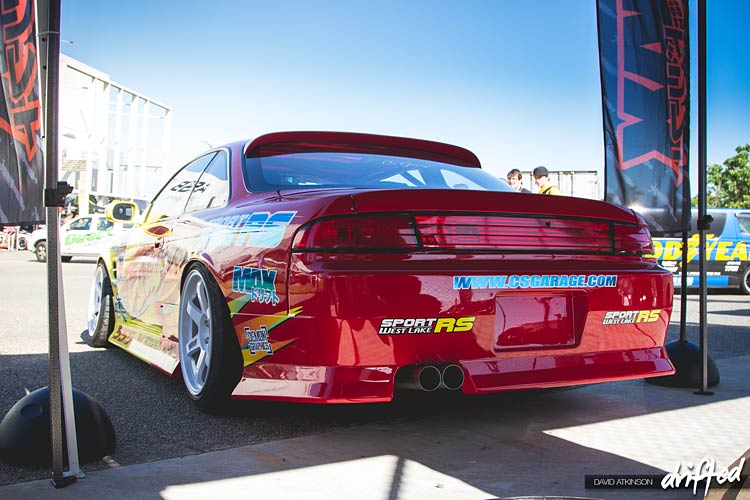
Meanwhile, the American equivalent is the Nissan 240SX. Despite looking identical outside, the 240SX gets a KA24DE truck engine (no, we’re not kidding!), a naturally aspirated 2.4-liter unit that makes a measly 155 horsepower.
This huge difference in performance potential explains why genuine JDM imports are so sought-after (and often have price tags to match!)
Jump To Section
Top USA-Legal JDM Cars In 2025
You can click a car you want to dive into on our list above or continue reading as we look at our top JDM cars you can legally bring stateside in 2025.
Nissan Skyline R34 GT-R
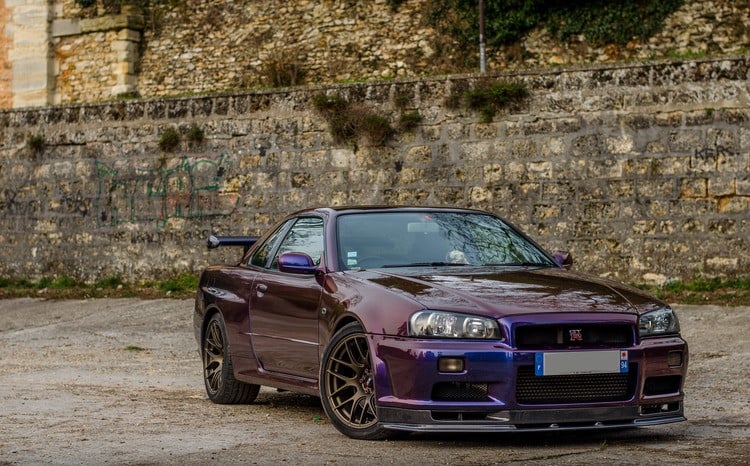
For many, the R34 GT-R is the holy grail of JDM imports, and it finally becomes legal in the US in 2025. Unfortunately, there’s been a bit of a queue forming in recent years, and if you want one, you’ll need deep pockets.
Clean examples are already getting slapped with price tags of $150,000+, while the rarer variants like the V-Spec II Nür have sold for more than $300,000. That’s supercar money, but you’re buying into perhaps the most iconic JDM car ever made, which will likely be a worthwhile investment.
Under the hood, the legendary RB26DETT officially made 276 horsepower due to Japan’s “gentleman’s agreement.” In reality, stock cars typically dynoed closer to 330 horsepower. With basic bolt-ons and proper tuning, 500 horsepower is easily achievable while maintaining reliability. The aftermarket support for RB engines provides endless tuning options (if you’ve got the cash to spare!), even in 2025.
While the ATTESA-ETS all-wheel-drive system isn’t ideal for drifting, it can be persuaded. The system typically sends 100% power to the rear wheels until slip is detected, and many owners have modified the AWD for more rear bias or converted to full RWD for drifting, although this is less common now, given the price tags!
If you want the R34 styling without the astronomical price tag, you can also consider other options like the GT-T variant, which features the RB25DET engine. It’s naturally rear-wheel drive, still highly tunable, and costs significantly less than the GT-R.
Nissan Silvia S15
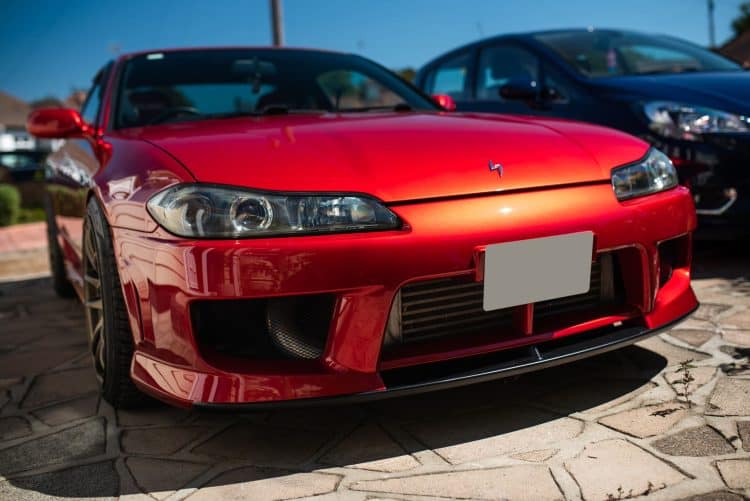
The S15 Silvia represents the final evolution of Nissan’s iconic S-chassis lineup, and it’s arguably the best (as an S15 owner, I might be biased!) While we got the watered-down 240SX in previous generations, America missed out entirely on what we consider the ultimate Silvia. Thankfully, that finally changes in 2025 – you’ll just need to ensure you get one of the earliest (1999) models.
With the S15, you’ve got two main choices – the turbocharged Spec-R and the naturally aspirated Spec-S.
The Spec-R is unsurprisingly the most desirable, packing the final and most impressive version of the SR20DET, pushing out 250 horsepower from the factory with heaps of tuning potential. There’s also the convertible Varietta, but they’re… Uhh, a refined taste?
The Spec-R isn’t just about the engine, though. You get a 6-speed manual (versus the Spec-S’s 5-speed), uprated stock suspension (which, let’s face it, will be swapped out pretty soon anyway), and a helical limited-slip differential (again, consider the two-way upgrade for skids!) Combined with the S15’s already excellent chassis, it’s pretty much a drift car straight from the factory.
It’s clear that all S-chassis were built for upgrades, and the SR20DET responds incredibly well to tuning. Basic bolt-ons can safely get you to 300 hp, while built motors can handle 500+ hp all day long. There’s still heaps of aftermarket support in 2025, though prices for genuine parts can often be a real pain due to their rarity factor, even in the motherland.
For a clean example imported into the US, you’ll likely be looking at around $50,000. If you’re looking for a drift car that doesn’t have the cleanest history, you might be able to get one shipped for nearer $30k.
Toyota Supra JZA80 (MKIV)
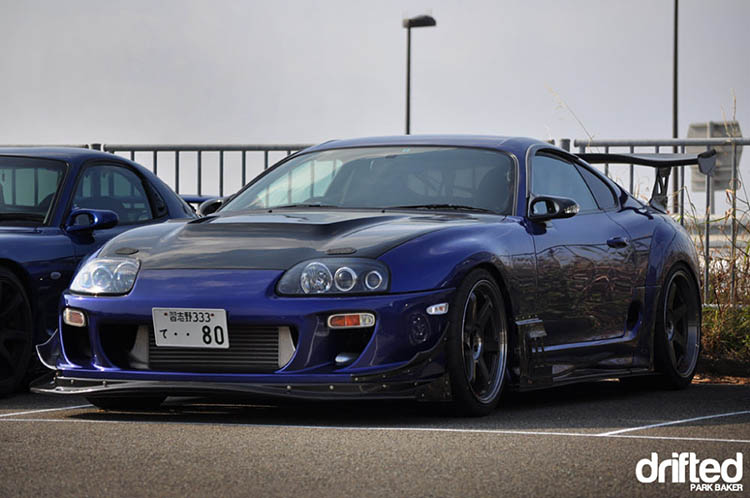
Toyota’s A80 Supra (also known as the MKIV or Mk4) isn’t one of the most sought-after JDM imports since the US has already been treated to a decent version for a change. However, the JDM models now legal for 2025 bring some features that might make them worth considering.
First, let’s address the elephant in the room – once again, the prices have gone crazy. Thanks to its Fast and Furious fame combined with the epic 2JZ-GTE powerplant, even US-spec Supras are fetching $100,000+ now.
For JDM versions, you’re looking at similar money. However, you’ll get unique features like different rear lights, upgraded interior options, and special editions that never made it to the US market. Plus, you get to say it’s “JDM, yo.” That’s gotta be worth something, surely?
Of course, the twin-turbo 2JZ is the star of the show. The US and JDM models are both treated to this, although the JDM variants came with a “claimed” 276 hp (yes, another one!) versus the American 320 hp rating.
Don’t let that fool you, though – the stock JDM cars typically put down similar numbers on the dyno, and the tuning potential remains legendary. If you don’t already know, the 2JZ can reliably handle 800+ horsepower with the right supporting mods. As for upper limits, drag cars are out there running 3,000+ horsepower 2J’s, but they aren’t likely to make the most reliable daily drivers!
The Mk4 Supra is a rare choice that will require some consideration for drifting. While the chassis is more than capable, and the engine can handle serious power, you’ll probably struggle to forget you’re sliding something worth six figures. The aftermarket support is endless, and the Supra remains one of the most tuneable JDM (and USDM) cars ever made.
Toyota Chaser Tourer V (JZX100)
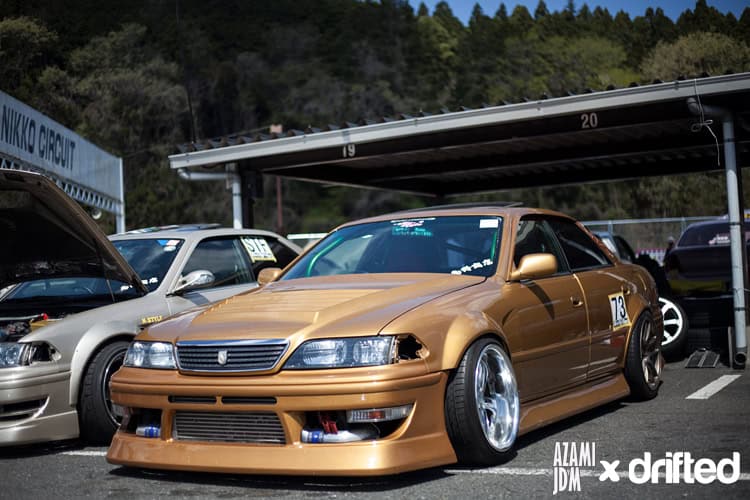
The JZX100 is another of our personal favorites, packing the 1JZ-GTE engine, essentially a slightly smaller (2.5-liter) version of the Supra’s 3-liter 2JZ. Stock power? The usual “276 hp” (wink), but they’re once again famous for handling serious power with basic mods. We know many owners who have driven them daily for years at 400+ hp without breaking a sweat.
Talking of daily driving, this is where the Chaser shines, alongside making an incredibly practical drift car. You know what they say – “four doors, more whor…” Uhh… family members in the back during the week! It’s perfect for hitting the track at the weekend, and you can take friends and family along to spectate, too. The trunk space is bonkers, the interior is deliciously luxurious (before you strip it out), and it’s built with Toyota’s legendary reliability. What more could you want?
Clean examples are currently fetching around $35,000, with pristine ones pushing $45,000. That might seem steep for a 25-year-old Toyota sedan, but you’re getting supercar-beating sleeper potential in a comfortable daily driver that can handle school runs and drift events equally well.
While the 1JZ is nearly as bulletproof as its bigger brother, the parts availability isn’t quite as good as the 2JZ. Still, there’s plenty of aftermarket support in 2025, and most Supra parts can be adapted to fit.
Toyota Aristo V300
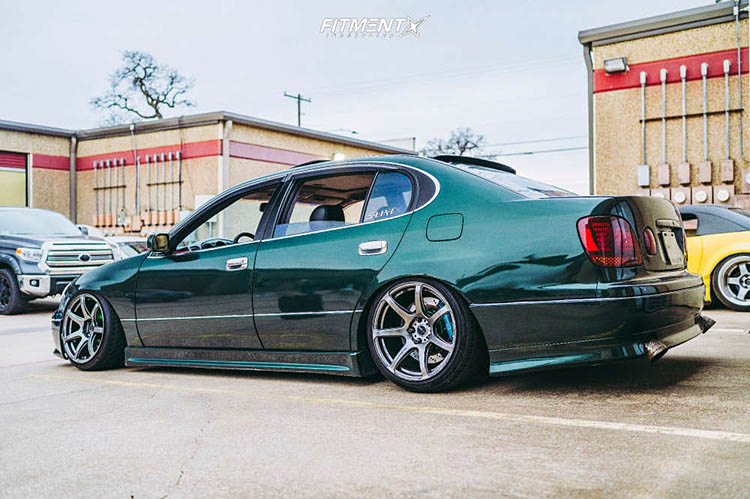
If you’re hunting 2JZ power but can’t stomach the bonkers Supra prices, you might be pleasantly surprised to hear that the Aristo packs the exact same 2JZ-GTE engine under the hood. Awesome, huh? Toyota stuffed its flagship twin-turbo powerplant into this luxury sedan to create the ultimate factory sleeper.
Although it might look recognizable as the USDM GS300, the JDM V300 variant is the one you want, featuring the twin-turbo setup that US-market cars never got.
As you might have guessed, there is a slight downside – the automatic-only transmission. But that shouldn’t be a total deal-breaker. The R154 5-speed manual gearbox is a common swap, though you should budget accordingly! The last time we checked, you’d likely be looking at $3k+ in parts alone, but as with all JDM tax, it’s probably increased by now!
Stock power? You guessed it – the magic “276 hp.” But, just like the Supra, the tuning potential is near-limitless. An added bonus is that the engine bay is actually more spacious than the Supra’s, making it easier to work on, and you get plenty of space for upgrades without cutting your hands to shreds.
Decent examples are currently around $30,000, with clean ones pushing nearer $50,000. That’s a bargain for a 2JZ-GTE-equipped vehicle in 2025, especially considering you’re getting a truly luxury interior (if you keep it) and enough space to convince the family it’s “just a sensible sedan.”
With the right modifications, these can make a great drift car, and you could have the ultimate sleeper on your hands with everyone thinking you’ve “only” got a GS300!
Toyota Altezza RS200
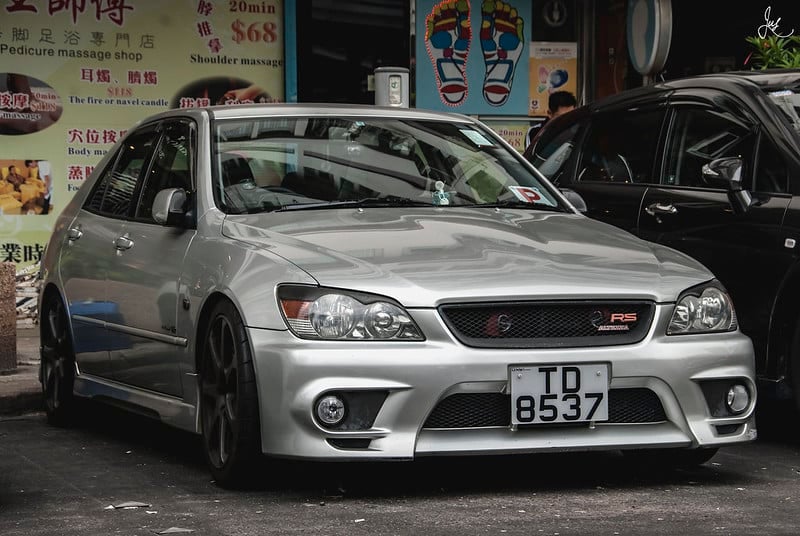
You’ll probably recognize this as the USDM Lexus IS200/IS300, but like the GS300/Aristo combo, Japan kept (what is arguably) the best version for themselves. The Altezza RS200 came with the legendary 3S-GE BEAMS engine – a naturally aspirated 2.0-liter that revs to 7,700 rpm and puts most Honda VTEC units to shame.
Don’t let the lack of forced induction fool you. The BEAMS motor pushes out 207 hp from the factory with a ridiculous throttle response that’ll make most turbocharged cars look lazy at the lights. Plus, the high-pitched induction noise is simply awesome.
Interestingly, while US buyers got the 2JZ-GE-powered IS300, making 217 hp, many still prefer the BEAMS engine. Sure, the 2JZ undoubtedly has more tuning potential. However, for those more interested in staying (relatively) stock, the BEAMS offers that raw, high-revving character that made 90s JDM sports cars special.
The four-door Altezza has epic handling straight out of the box. While it wasn’t designed for drifting, the balanced chassis and responsive engine make it a joy to throw around.
It’s not the most expensive, either. Clean examples are fetching around $20,000, with mint ones pushing around $30,000.
There’s one catch – if you’re looking for big power, you might want to look elsewhere. Although the BEAMS engine can be tuned, it’ll never match the numbers the IS300’s 2JZ-GE can achieve if you’re willing to throw cash at it. But if you value driving experience over outright power or aren’t interested in mods, this might be your perfect JDM daily.
Mazda RX-7 FD3S
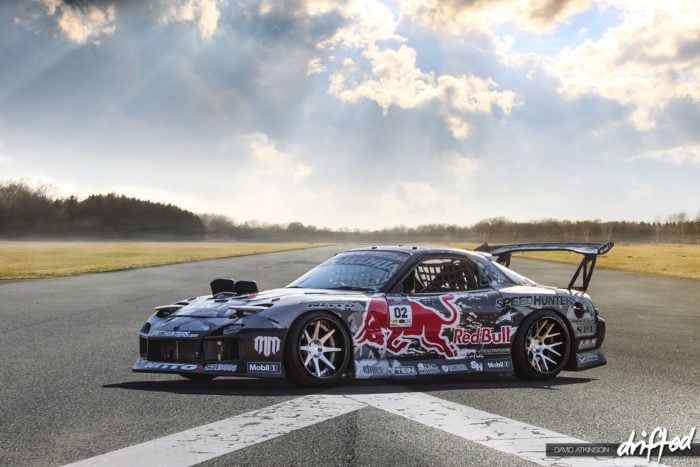
Mazda’s FD RX-7 represents peak 90s JDM design, and 2025 opens up some of the most desirable variants ever made. While early FDs have been legal for a while, the later Japanese models feature some worthy improvements over the US equivalents.
The most sought-after is the RX-7 Spirit R – the FD’s final and most refined version. Limited to just 1,500 units, they came in three variants: Type-A (two-seater manual), Type-B (2+2 manual), and Type-C (two-seater automatic). If you’ll settle for nothing less than the holy grail, expect to fork out $150,000+ for an imported JDM Spirit R in 2025.
For most, that will be way out of budget, which is where the Type RZ and RS models are great alternatives, featuring many of the Spirit R’s performance upgrades at a discount. You’re still looking at around $75,000 for a clean example, but that’s considerably less than Spirit R money.
Under the hood of both lies the legendary 13B-REW twin-turbo rotary engine. Stock power was 276 hp (another “gentleman’s agreement” special, of course), but the sequential twin-turbo setup delivers power so smoothly that it feels significantly faster. With proper tuning and maintenance, 400+ hp is achievable (which is crazy for a 1.3-liter!), though you’ll want to budget for regular rebuilds if you’re pushing big numbers – the joys of rotaries!
The FD’s perfect weight distribution, RWD drivetrain, and lightweight engine make it one of the most balanced platforms available for drifting, but maintenance will quickly get expensive. Aftermarket support remains strong in 2025, though rotary parts aren’t cheap. It’ll all feel worth it when you look back and admire its beauty, though!
Mitsubishi Evolution VI Tommi Mäkinen Edition
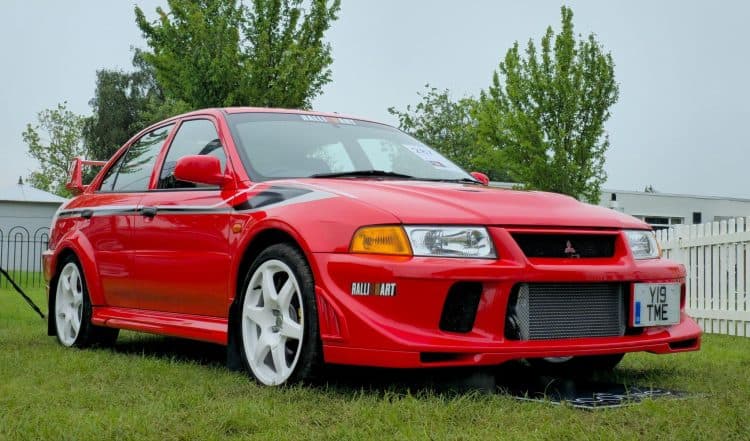
The Evo VI TME stands as the most desirable Evo ever made. Built to celebrate Tommi Mäkinen’s fourth consecutive WRC title, it represents everything awesome about 90s Mitsubishi. It’s essentially a road-legal rally car with a license plate.
Under the hood sits the awesome 4G63T engine, officially rated at, uhhh… 276 hp. Ignore the “official” numbers (again) – the TME undoubtedly pushes out well over 300 hp from the factory in stock form. It also got some serious upgrades over the standard Evo VI, including a titanium turbocharger, lower ride height, and a faster spooling setup.
When it comes to tuning potential, the 4G63T can reliably handle 450+ hp with the right supporting mods, and there’s still decent aftermarket support out there.
While drifting obviously isn’t the goal, the TME excels at pretty much everything else, which is why it deserves a spot on our list. The razor-sharp handling, brutal acceleration, and touring car-like grip levels make it an absolute weapon on both road and track.
Plus, you can use it year-round thanks to the all-wheel-drive system, although we wouldn’t recommend it if you live in a gritted area. Ignore the rumors – JDM cars still rust (ask us how we know!).
Clean examples are fetching $75,000+, with pristine ones pushing well into six figures. That might sound crazy for a 25-year-old Mitsubishi, but they’re only getting rarer and represent the peak of 90s rally performance. It’ll undoubtedly be a good investment if you have the cash to spare.
Subaru Impreza WRX STI (GC8G)
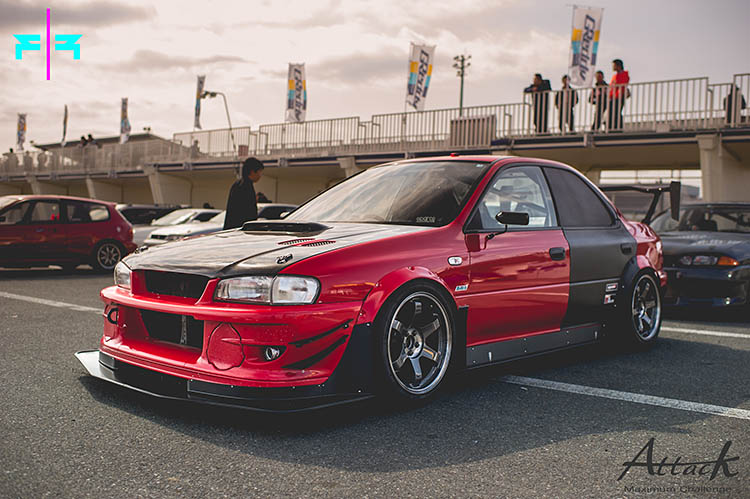
The GC8 STI showcases 90s Subaru at its best. However, if you’re considering one, we recommend deciding whether the differences between the USDM and JDM variants justify the extra cost (unless you bagged a bargain.)
The JDM models pack the celebrated EJ20 rather than the USDM EJ25, making the same “claimed” 276 hp versus the American-spec’s 300 horsepower. The JDM engine revs higher and feels more responsive, but both powerplants handle similar power figures when modified.
You do get some JDM-exclusive goodies, though. The Version V and VI models feature improved DCCD (Driver Controlled Center Differential) systems, better interior materials, and, of course, the factory pink STI badges. Plus, certain special editions never made it stateside.
Like the Evo, the GC8 STI offers brutal performance all year round. The boxer rumble, epic handling, and rally pedigree are awesome. While we’ve seen some Imprezas modified for drifting, it’s not something we’d consider unless you’re keen for something different!
Clean JDM examples fetch around $50,000, with rare special editions commanding significantly more. That’s steep compared to USDM cars, especially when the performance differences are minimal. Unless you’re specifically after a JDM special edition or that EJ20 character, you’d probably be better off sticking with the USDM offerings.
Suzuki Cappuccino
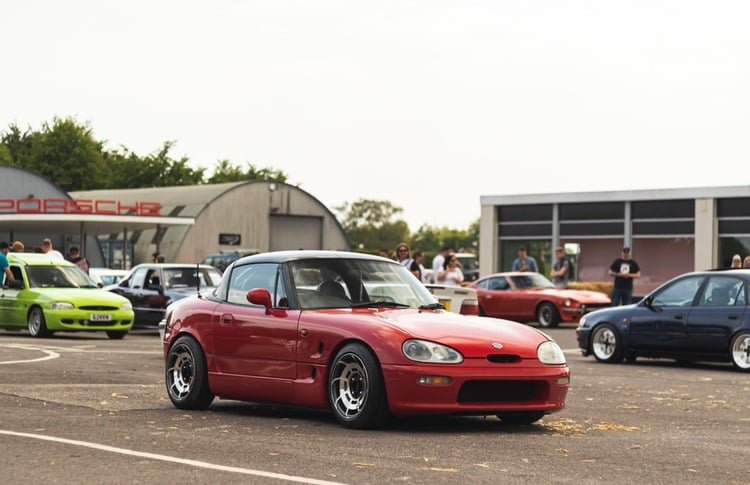
Looking for something hilariously different? The Suzuki Cappuccino might be the most awesome JDM car you can import in 2025. This tiny convertible weighs just 1,600 lbs (725 kg) and packs a 657cc turbocharged engine, making 63 hp to meet the Japanese kei car regulations.
While the numbers seem laughable, there’s more to this miniature hero. Its lightweight chassis and perfectly balanced front mid-engined, rear-wheel-drive setup make it more fun than many cars with triple the power.
The engine might be tiny, but it loves to rev and actually responds well to mild tuning. Many owners push them to 100+ hp, which is more fun than you’d ever imagine in something this small. Just remember – you’re not buying this for straight-line speed or drifting (unless you’re really brave).
Clean examples currently fetch around $15,000, with pristine ones pushing $25,000. While it’s certainly not cheap for what it is, there’s a real market for these, and it just might be a decent investment.
Just one warning – it wasn’t designed for typical American situations, and at under 1,400mm tall, you’ll be eye-level with most SUV bumpers! However, if you’re looking for the ultimate weekend toy that’ll put a smile on your face every time you drive or look at it (along with the bystanders), the Cappuccino offers the ultimate tiny JDM package.
What Is The 25-Year Rule?
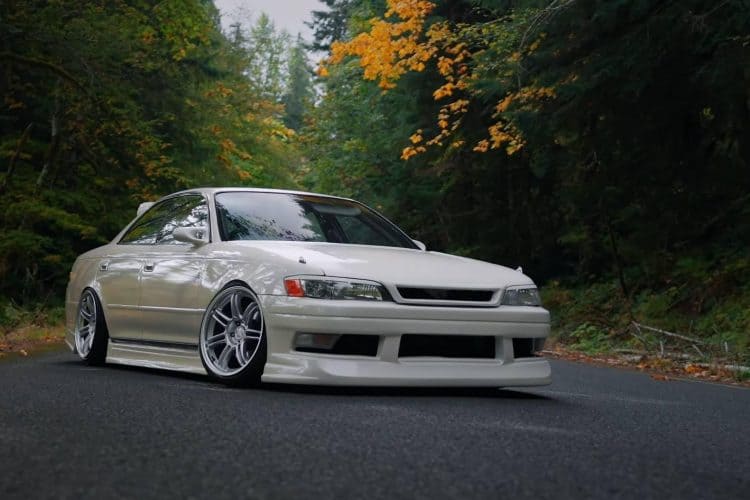
A new batch of sought-after JDM cars becomes legal for US import every year due to America’s 25-year rule. For 2025, that means anything built before 2000 can now legally be imported.
Given that the late ’90s/early 2000s saw so many of the ultimate JDM cars hit the market, the past few years have been particularly exciting, opening up plenty of new options.
The import process is pretty straightforward for most states – if the car’s 25 years old, you’re good to go. However, it’ll come as no surprise to many that things are a little different in California. Once again, their strict emissions laws mean many JDM cars will struggle with the mandatory smog testing.
For the rest of the US, 2025 brings some seriously exciting JDM cars to our shores for the first time, from highly tunable drift weapons to rare special editions.
Importing A JDM Car in 2025
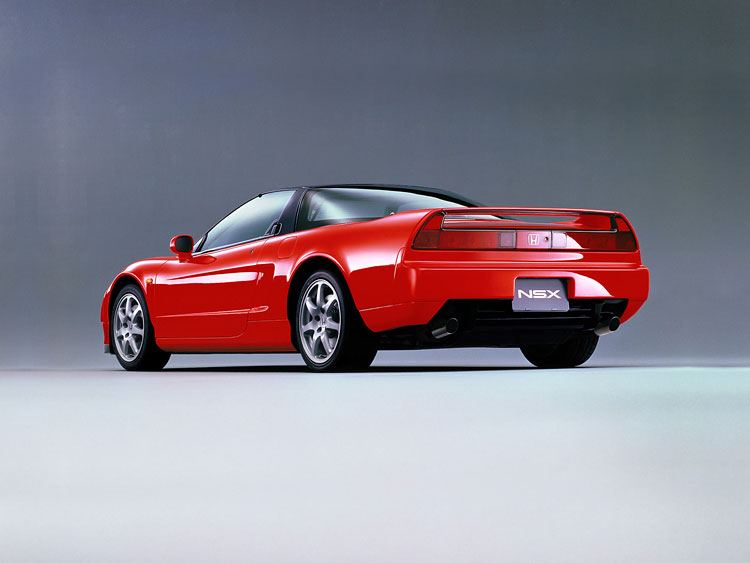
While all the cars on our list are now legally importable thanks to the 25-year rule, there are still some important things to consider before pulling the trigger.
The actual import process is pretty straightforward. You’ll need documentation proving the car’s age and origin, but most reputable Japanese exporters will handle all this paperwork for you.
We’d strongly recommend working with established import agents rather than trying to navigate the process yourself – the savings rarely outweigh the headaches.
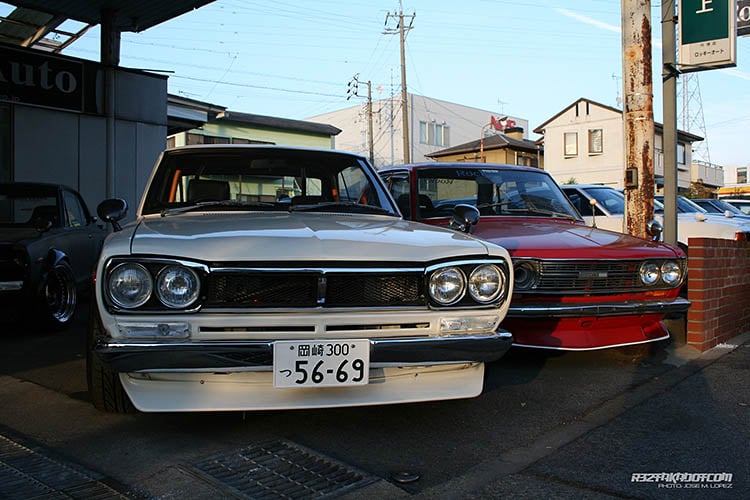
One of the main hurdles is state registration. While federal restrictions no longer apply to these vehicles, individual states have their own rules. As we mentioned with California, you’ll need to undergo smog testing for most vehicles, which most JDM imports struggle with. Unless you’re importing something crazy old like a Hakosuka, you’ll need to do some extra homework.
Budget-wise, when looking at prices, remember you might need to factor in shipping costs, import duties, and potential compliance work beyond the purchase prices you see. You’ll also want to set aside some cash for maintenance when it finally lands on US shores. It’s no secret that these cars aren’t getting any younger, and unfortunate niggles will often arise when you go digging!



